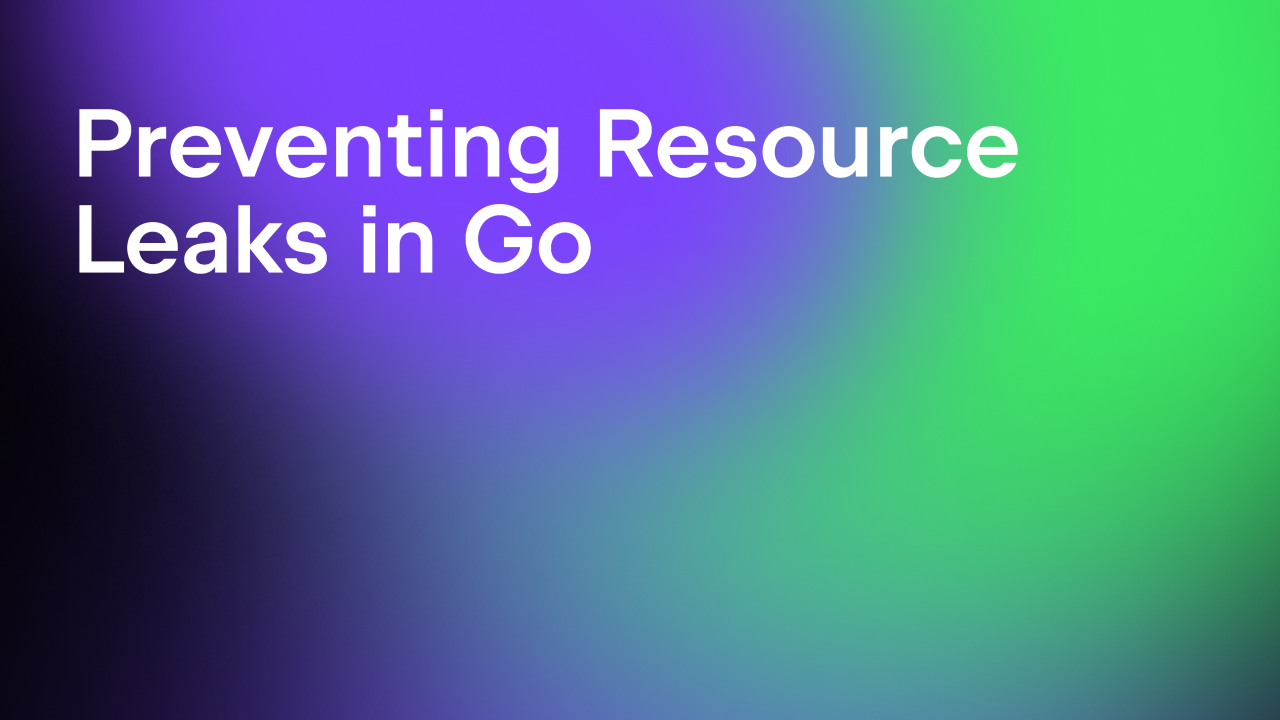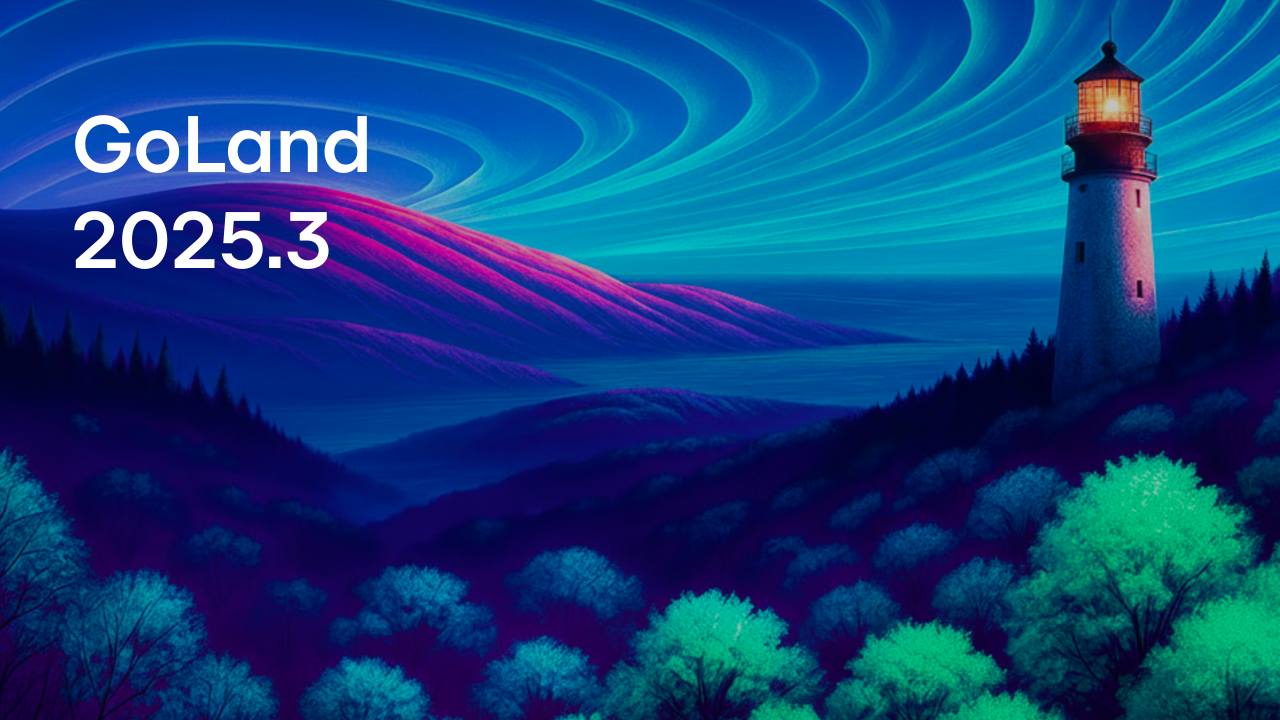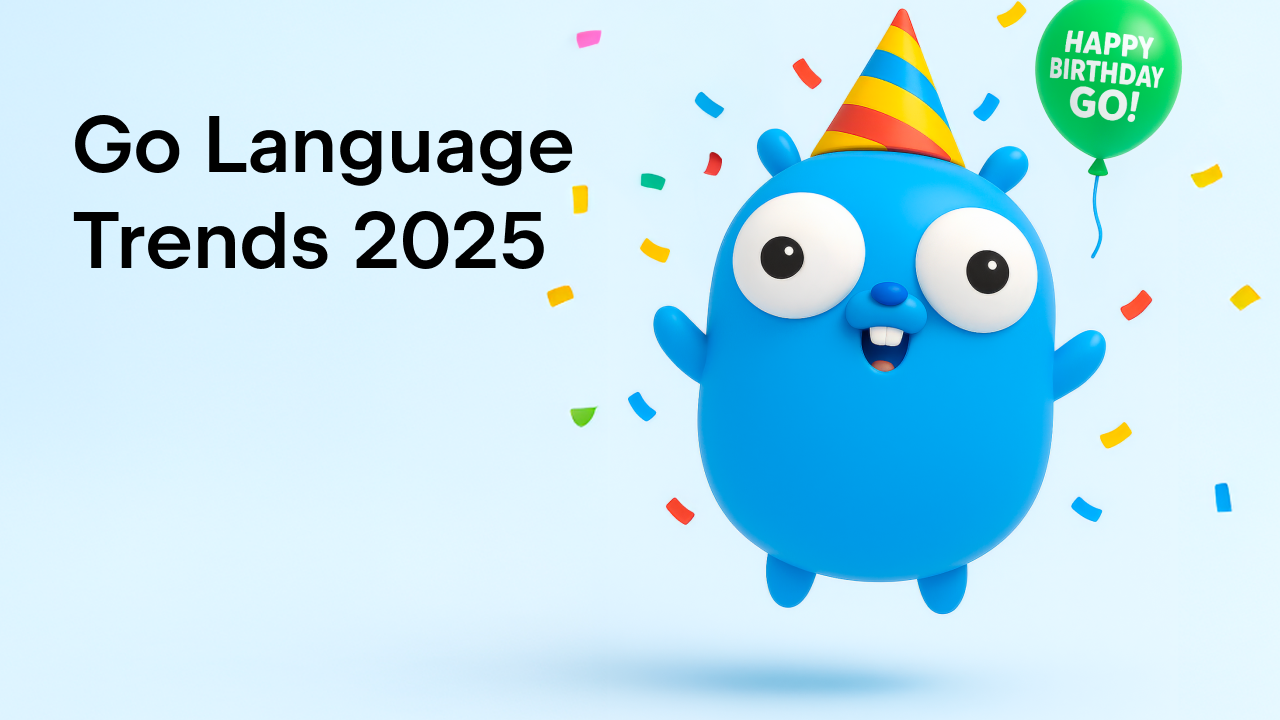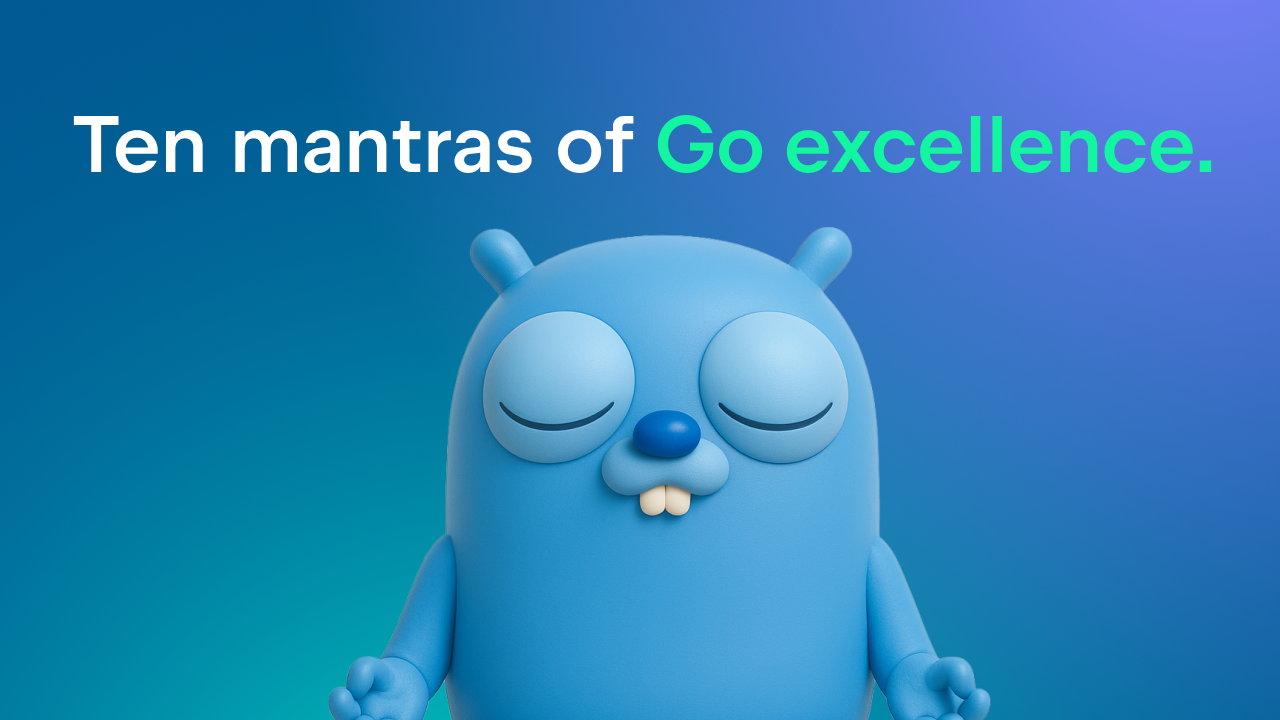GoLand 2024.3 Is Out!
GoLand 2024.3 comes with a set of new features and inspections designed to streamline the developer workflow. For AI users, we’ve refined multiline code completion and added a brand-new inline prompts feature. Startup performance for large projects has also been significantly improved, and we’ve added support for some of the latest (and some upcoming) Go language features, too. Let’s dive right into all the new enhancements!
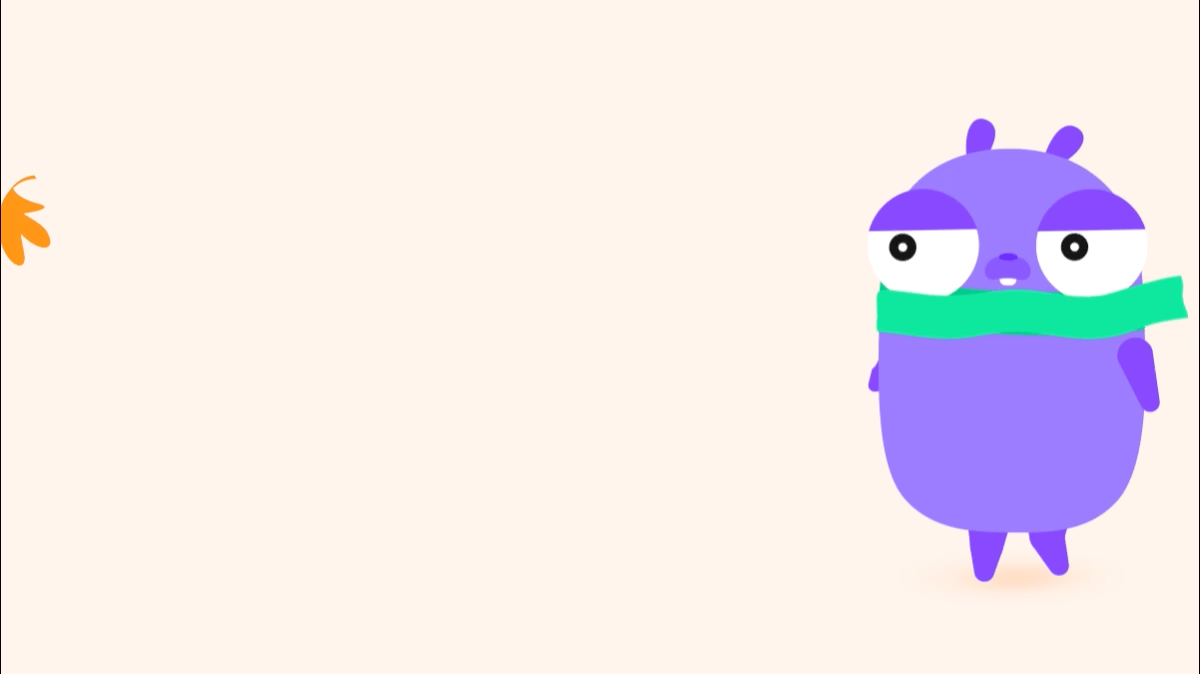
New inspection for cyclic imports: Circular imports can be quite confusing, especially in complex scenarios. And they lead to compilation errors! GoLand 2024.3 comes with an inspection that analyzes dependencies and informs you about cyclic imports before you run go build.
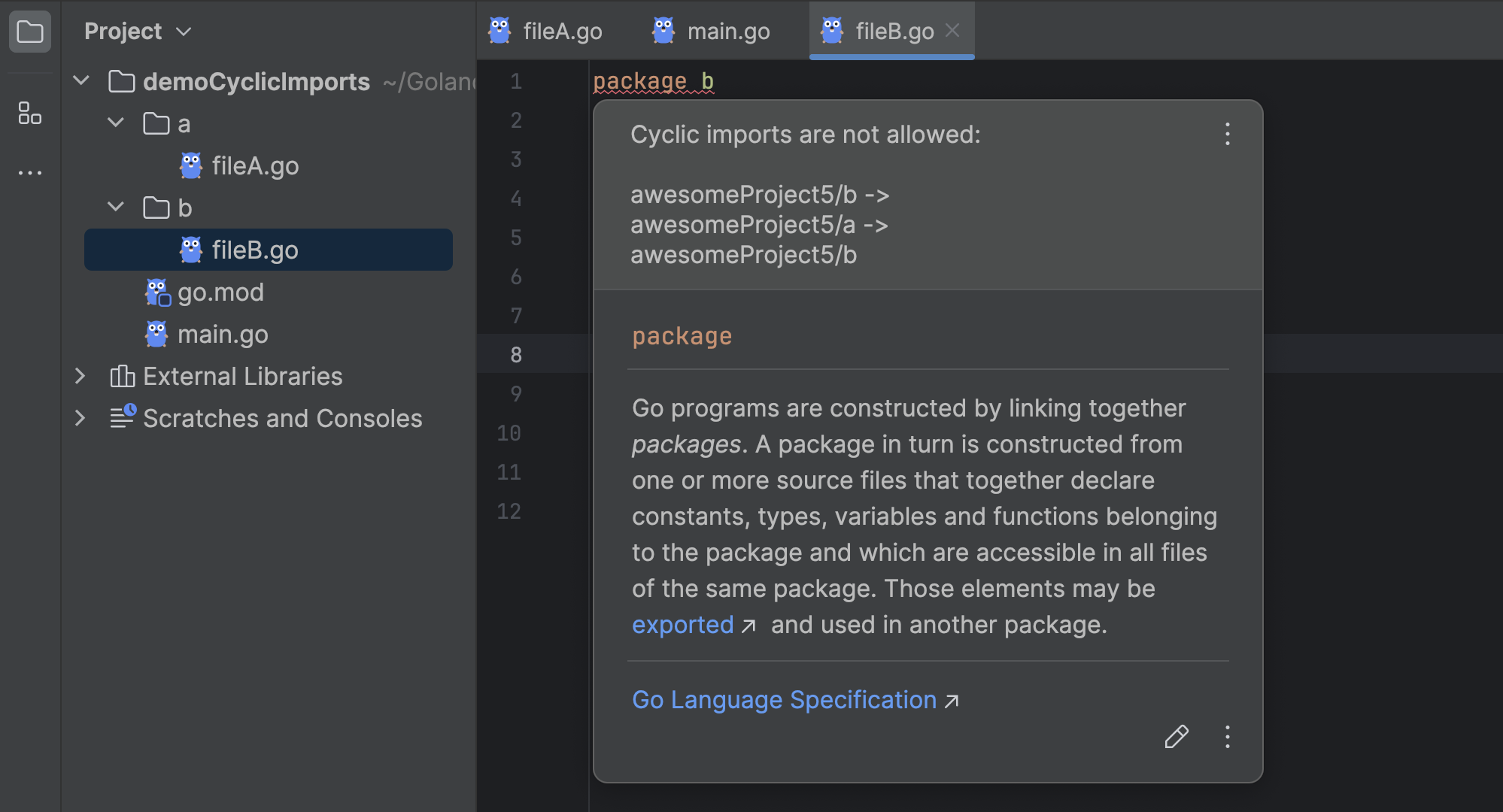
Management of multiple Go services and configurations in a single UI: To provide the best possible development experience, we’ve implemented a handy UI solution that allows you to run and manage multiple services and configurations in a single subwindow.

Faster opening of larger projects: By migrating dependency data collection to parallel threads, we’ve significantly boosted indexing and project opening speeds. The exact speed gains will vary based on your individual hardware and project configuration, but they can reach 2x to 3x in optimal setups.
String() object view in debugger: GoLand shows String representation and now renders specific types right in the debugger view.
Emulate terminal in output console option: Now you can enable terminal emulation for your configurations directly from the Run/Debug tool window. This feature is perfect for CLI applications, as it allows you to view output in a real terminal built in the IDE, enhancing testing and debugging!
Data flow analysis in the Go plugin: Data flow analysis inspections are now available in the Go plugin for IntelliJ IDEA Ultimate.
New AI features
Multiline cloud completion: JetBrains AI Assistant for GoLand 2024.3 introduces significant enhancements to cloud code completion, offering faster and more accurate suggestions. The UX has been reworked to better integrate AI code completion features into IDE workflows, with improvements like syntax highlighting in suggested code and incremental acceptance of code suggestions.
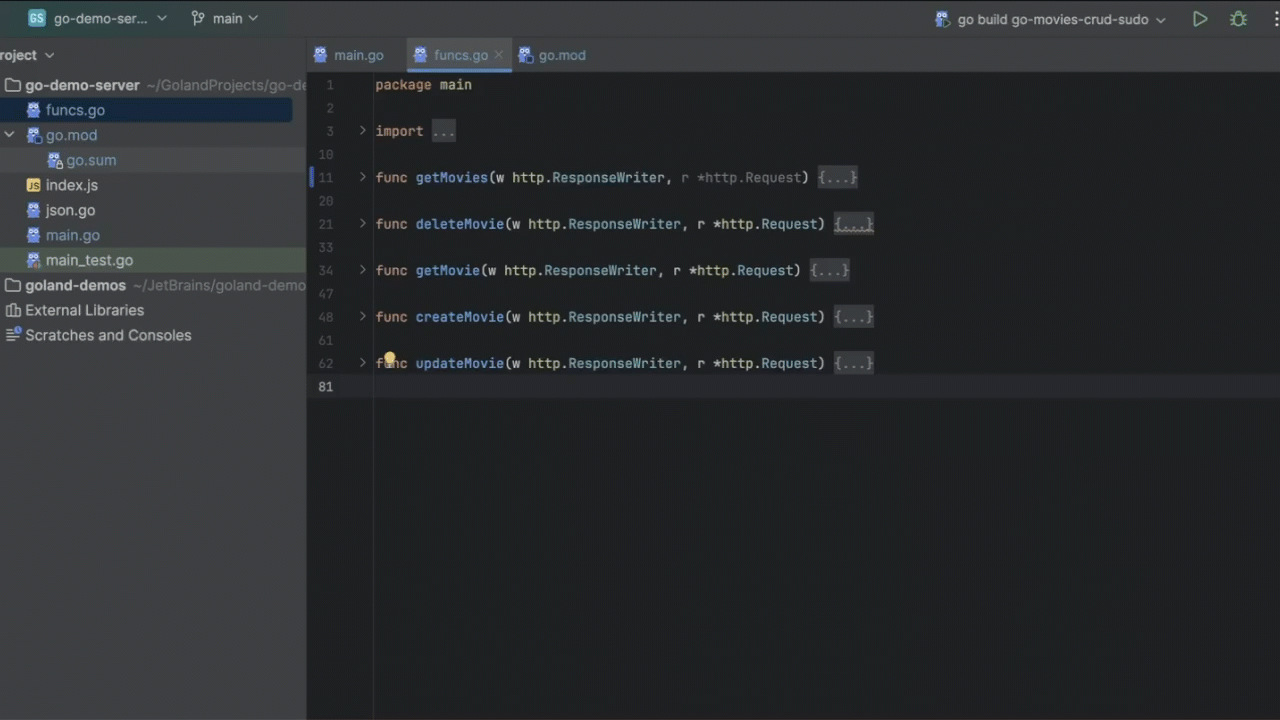
Inline AI prompts: In GoLand 2024.3, we’re introducing a new way to interact with AI Assistant – an inline input that detects and processes your requests as you type. This lets you express your intentions in English, which AI Assistant instantly interprets and converts into code changes without any extra steps.
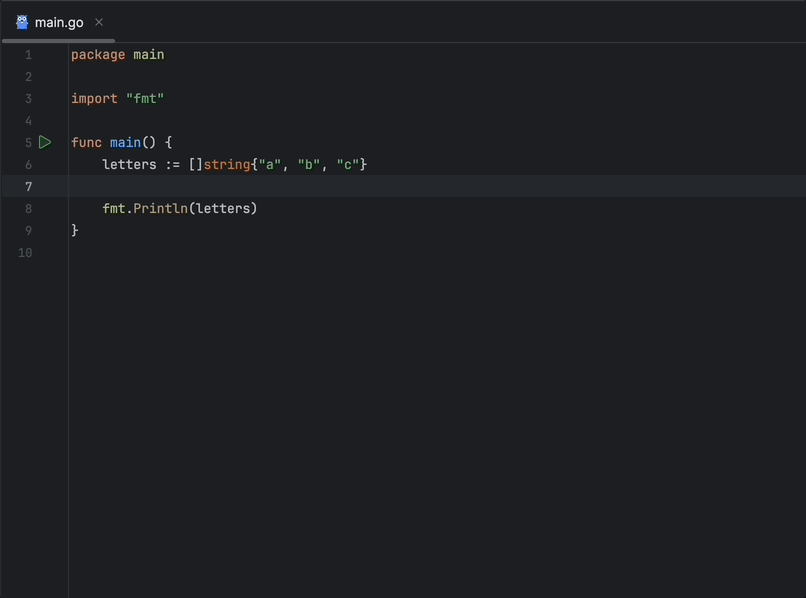
GoLand also inherits updates from IntelliJ IDEA, WebStorm, and DataGrip. Below, we share the most exciting updates:
Kubernetes
New resources in the Services view: GoLand 2024.3 brings enhanced control for even more Kubernetes resources in the Services view, including:
- Endpoints
- Network policies
- Port forwarding
- Containers in pods
Streamline your workflow with expanded access to key resources, all from a single interface!
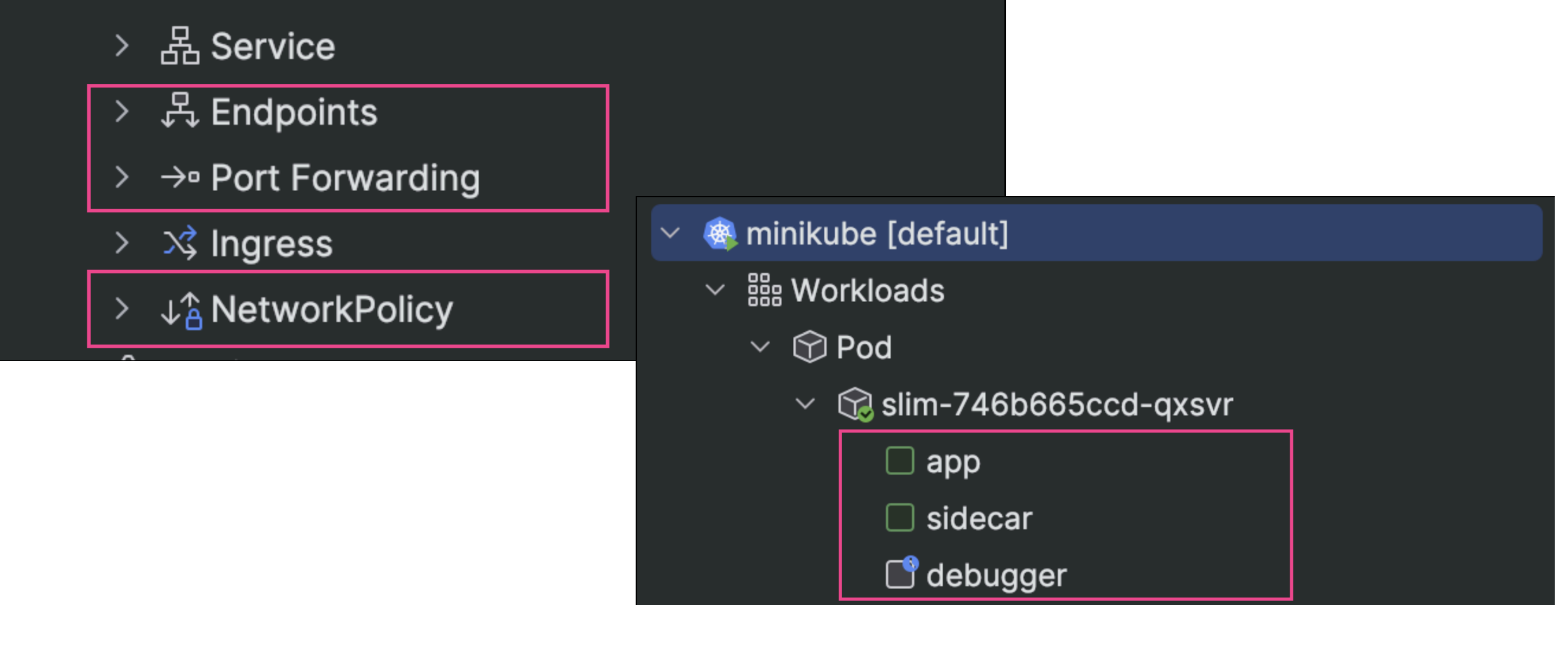
Port forwarding: In GoLand 2024.3 you will be able to easily manage connections to services within your cluster directly from your local IDE. With new management tools for port forwarding, you can now:
- Get a quick overview of active port usage
- Stop and reconnect with ease
- Release ports effortlessly when you’re done using them
You no longer need to use ps aux | grep port-forward!
Terraform and the HCL plugin
Support for OpenTofu: OpenTofu is an open-source, community-driven alternative to HashiCorp’s Terraform, which also provides support for .tofu files. This update includes autocompletion for encryption methods, key providers, and inspections for unknown references, making infrastructure-as-code development more efficient and secure.
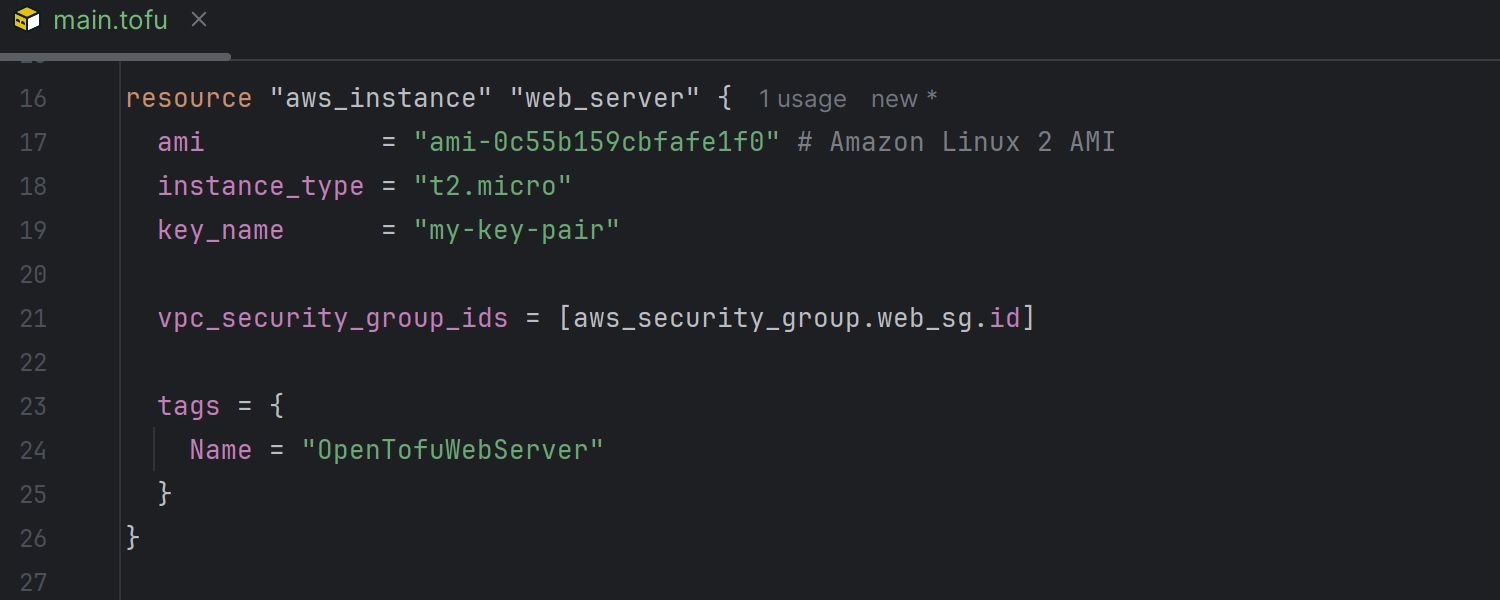
Additionally, we’ve added support for modules initialized with OpenTofu, expanding the capabilities of this tool within the IDE.
Terraform usage indicators: Check out the new quick navigation capabilities, which allow you to see where specific variables, resources, and modules are used. These indicators show the number of usages and their exact locations, enabling you to jump directly to them with a single click. This feature eliminates the need to manually search through files, making it especially useful for navigating large Terraform projects.
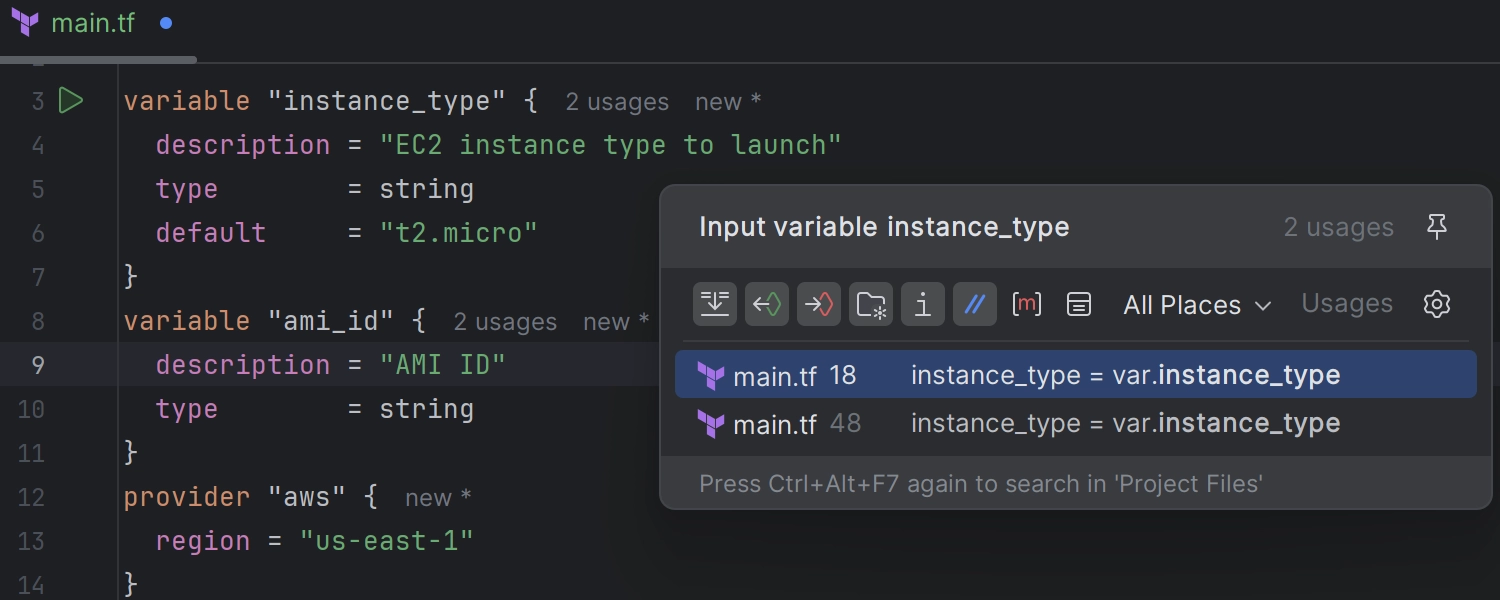
These are just the main highlights. For a complete rundown of the new features, visit our What’s New page.
We’d love to hear your feedback on these new features so that we can make them even better. Share your thoughts on X, leave your comments below, create an issue in our tracker, or drop us a message in the #goland-gophers Slack channel.
Happy developing!
Subscribe to GoLang Blog updates


